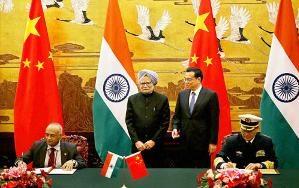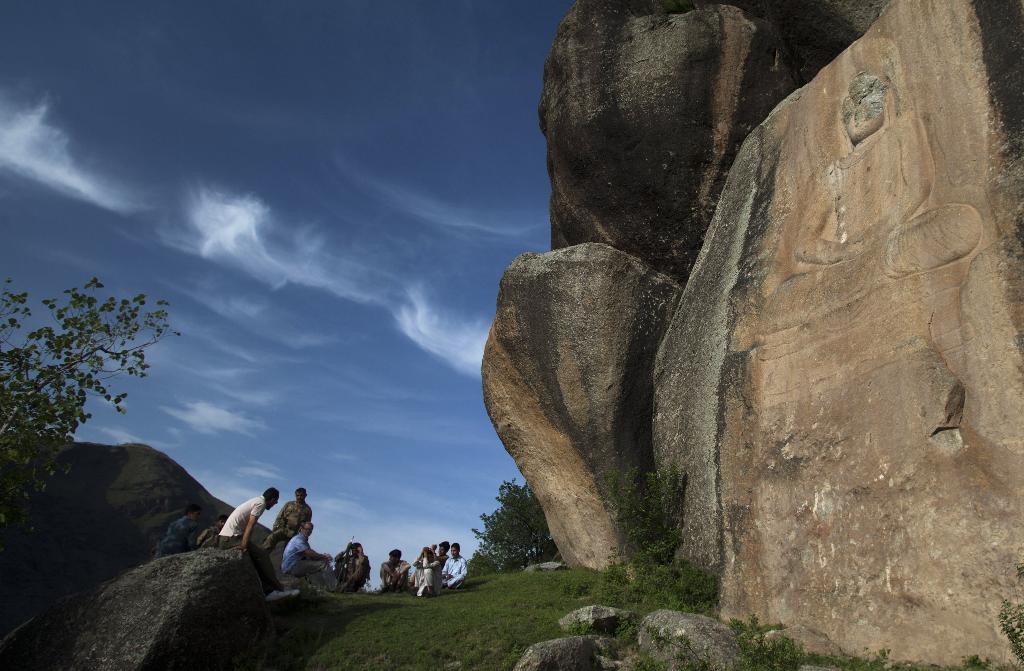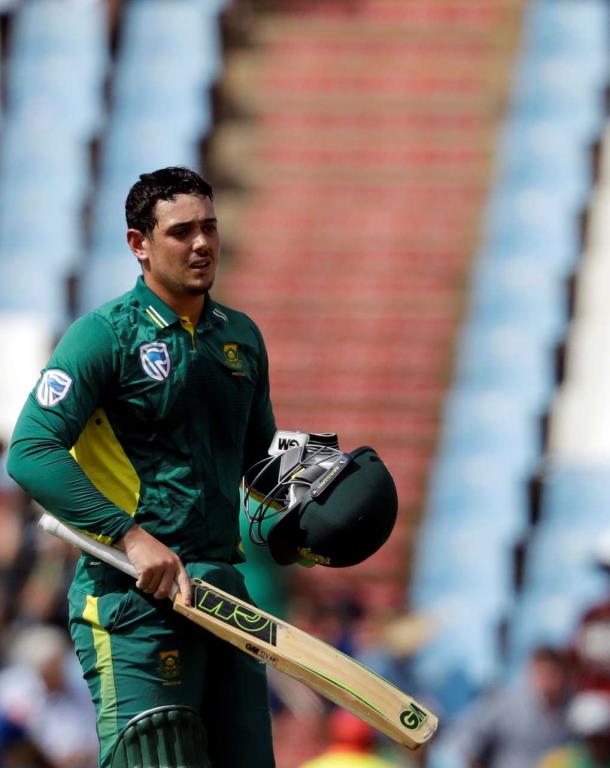October 23, 2013

Defence secretary RK Mathur and Chinese deputy chief of general staff PLA Lt Gen Sun Jianguo signing an agreement on border defence cooperation as Prime Minister Manmohan Singh with Chinese Premier Li Keqiang looks on at Great Hall of the People in Beijing, China on October 23, 2013.
October 23, 2013

Defence secretary RK Mathur and Chinese deputy chief of general staff PLA Lt Gen Sun Jianguo signing an agreement on border defence cooperation as Prime Minister Manmohan Singh with Chinese Premier Li Keqiang looks on at Great Hall of the People in Beijing, China on October 23, 2013.
NEW DELHI: The new border pact will not prevent face-offs between the Indian and Chinese armies along the line of actual control (LAC) as they will continue to patrol aggressively to strengthen claims on disputed areas. Instead, the new Border Defence Cooperation Agreement (BDCA) provides "a more robust protocol" to defuse confrontations and "build trust" between the two rival armies along the 4,057km LAC till the political leadership can resolve the larger and vexed boundary problem.
"The BDCA is not a panacea for all ills. Face-offs cannot be ruled out since rival soldiers will continue to patrol to what they perceive to be their own territory along the non-delineated LAC," said a source. "But the pact provides a template to manage and defuse face-offs when they do take place, even as it seeks to create an environment in which they eventually stop happening. It is designed to boost military-to-military interactions to ensure local issues are settled locally between local commanders on the ground," he added.
The BDCA consolidates earlier such pacts inked in 1993, 1996 and 2005 to reinforce various de-escalatory steps while reaffirming that "neither side shall use force or threaten to use force" or "seek unilateral superiority" to alter the status quo along the LAC.
It then goes beyond them to outline new CBMs like a hotline between the two military headquarters, no "tailing" of each other’s patrols, additional border personnel meeting (BPM) points and "small scale tactical exercises" (apart from the "Hand-in-Hand" joint exercise) along the LAC, as was reported by TOI last week.
The pact holds that both armies will "exercise maximum self-restraint" if a face-to-face situation develops, as also have the right to "seek a clarification from the other side" if "a doubtful situation arises" where there is "no common understanding" of the LAC.
Taken aback by the "unusual" 21-day face-off in April-May after People’s Liberation Army (PLA) troops intruded 19 km into Depsang valley in the DBO sector of eastern Ladakh, India pushed for "greater predictability and stability" in tackling such incidents. "During the Depsang face-off, Beijing and the local PLA commanders at the flag meetings were speaking in different voices," said the source.
India wants the proposed hotline to connect the Indian director-general of military operations (DGMO) to a "top general" in the PLA hierarchy at Beijing, and not the commander of the Chinese Chengdu Military Area Command that is responsible for a major stretch of the LAC.
The "no tailing" clause is significant because it was often being seen that a patrol would follow a rival patrol in disputed areas, which in turn would trigger a face-off. "Tensions were rising due to aggressive tailing even after agreements to disengage," said another source.
Similarly, the aim behind additional BPM points in the three sectors — western (Ladakh), middle ( Uttarakhand, Himachal) and eastern ( Sikkim, Arunachal) — is to build bridges between the two armies. The Kibithu (Arunachal)-Damai and Lipulekh Pass (Uttarakhand)-Qiang points are already under consideration.
The existing BPM mechanisms at Chushul (Ladakh), Nathu La (Sikkim) and Bum La (Arunachal) witness regular consultations, joint celebrations of national days, cultural festivals and "non-contact" sporting events like volleyball matches.
Courtesy: TNN















































































































